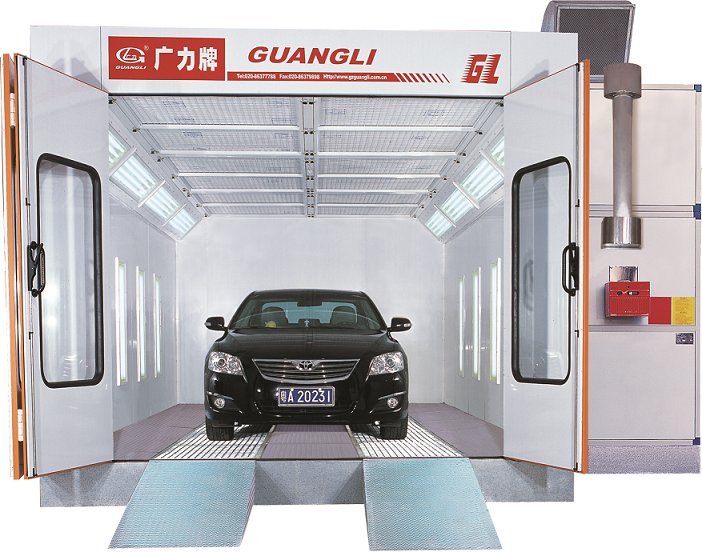The importance of M1 testing in the automotive seating industry, particularly in the van, campervan and RV seating sectors, is clear: M1 testing is directly related to seat safety and compliance, so what does M1 testing mean? What does M1 testing mean?

Understanding M1 Testing
The M1 test is a rigorous set of standards for vehicle seats, covering both crash testing and fire safety assessment. M1 test certification is important for seats in passenger vehicles such as vans, campers and motorhomes. It not only ensures the seat's safety in an accident through crash testing, but also assesses the flammability of the seat's materials, including upholstery and foam, to meet fire requirements.
Key components of the M1 test
• Seat geometry and H-point measurement
Seat geometry is evaluated based on the “H-point”, which is the normal human hip flexion point.
This ensures that the seat provides optimal support and safety in an accident.
• Seat belt anchorage and tensile strength
Seat belt anchorage points must be able to withstand large tensile stresses (forces experienced in an accident).
To ensure robustness, the seat belt anchorage points are subjected to static loads of up to 1350 kg during testing.
• Dynamic and static tests
Must undergo dynamic (simulation of a real crash scenario) and static tests.
The overall durability and safety of the seat is assessed and guaranteed against failure.
• Temperature and environmental resistance
Can withstand testing in a variety of environmental conditions.
Environmental conditions include extreme temperatures, exposure to water and dust.
Key aspects of M1 testing
1. Flammability assessment: Tests the flammability risk of the seat by evaluating the rate and intensity of material ignition and combustion.
2. Material Compliance: Ensures that the various materials used in the construction of the seat comply with safety regulations, such as upholstery fabrics, foams and any components.
3. Certification: Meeting high safety standards through M1 testing results in certification that is displayed on the product or in accompanying documentation.
At Xiamen Van Seat, we specialize in manufacturing high-quality seats that meet M1 safety standards. For more information on M1-tested, high-quality seats, contact us today (www.luxuryvanseat).












